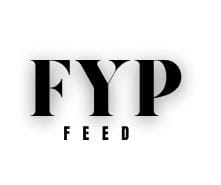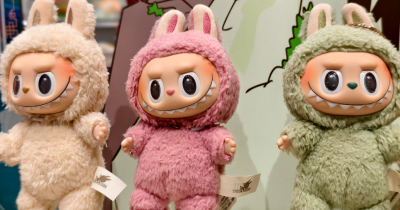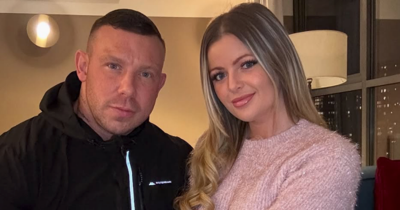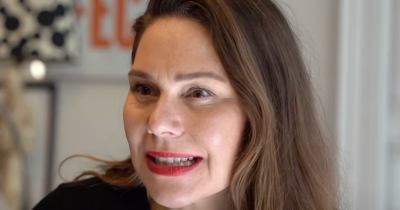By fypfeed | News | 10th August 2025
Daughter’s Pony To Zoo An Danish mother has provoked a public debate following her admission that she gave her daughter’s horse to a zoo where it was killed in order to feed lions a part of their diet.
The story, centered around Aalborg Zoo located in Denmark The story has exposed an unpopular practice that mixes environmental concerns about animal welfare, debates, and ethical concerns concerning what happens to pets when they are unable to live their lives.
A Mother’s Difficult Decision
Pernille Sohl, a 44-year-old from northern Denmark was able to admit she had faced criticism after she revealed the fact that she took her daughter’s pony to the Aalborg Zoo after it became sick.
The veterinarians had recommended that the pony be put to death due to its poor health. Instead of choosing cremation or a private burial, Sohl chose to donate the animal to the predator program at the zoo, in which it served as a whole prey item for predators like lions.
“It might sound very dramatic and bizarre that you would feed your pet to animals in the zoo,” Sohl said to The Sunday Times.
“But the pony was to be killed anyway. In this way, it didn’t get wasted. It wasn’t alive when it was handed over to predators.”.




Her remarks have provoked anger online and some have criticized the decision as inhumane and sexist. Others have defended her position and cited the ecological reasoning of transforming the death of a pony into food for other animals.
Aalborg Zoo’s Pet Donation Program
Sohl’s story isn’t an isolated event. Aalborg Zoo is home to more than 1500 animals spread across the 126 species, has an ongoing program that Danish citizens can give away farm animals or pets which need to be killed.
The zoo claims the donations are crucial in order to recreate this “natural food chain” within the confinement facility. Pigs, rabbits, chickens horse, and even pigs are often considered prey animals.
In Instagram, Aalborg Zoo has openedly urged its residents to look into this option. They wrote:
“Chickens as well as rabbits and guinea pigs constitute an important portion of the diets for our predators. If you own an animal that is healthy and need to be killed due to various reasons, you are welcome to give the animal to us. Animals are gently killed by our trained staff, and are then utilized to feed. So, nothing goes to waste and we can ensure that the natural behavior, food, and health for our predators.”
This method, as the Zoo insists, prevents excessive waste while also promoting the welfare of animals and ethics in zoo management.
The Financial Side Of Donations
While the arrangement might appear strange, Aalborg Zoo compensates owners who give their pets away.
- Animals of small size such as chickens rabbits, and guineapigs bring owners an average of $15.60 each..
- Animals with larger sizes such as horses are priced in weight, which is around 7 cents for a kilogram.
A horse’s weight can weigh anything from 380 to 1000 kilograms, payoff per horse can go up to 780 dollars.
In the eyes of many people, it provides an added benefit in comparison to the high cost of private animal slaughter. In Denmark the removal and burial of large animals like horses could cost thousands of dollars, making the zoo’s programs a economically attractive alternative.
A Cycle Of Life Or A Cruel Practice?
The ethical quandary regarding this practice has divided the public’s opinion. Some argue that it is a reflection of what they believe is the cycles of nature in that the death of one animal helps to ensure the survival of another. Some critics argue that feeding pets they love to predators erodes dignity and erodes the human-animal bond.
Helen Hjortholm Andersen, another Danish pet owner, has recently reported a similar story when she gave her Shetland pony “Paprika” to Jyllands Park Zoo.
“The costs of disposing of a dead animal were grotesquely high,” Andersen said to The Mirror. “The notion that she could bring benefit was logical. We’d do it again. We like the concept about the cycles of nature and how a ponies can assist in the creation of life for other animals.”
These sentiments illustrate the gap between a pragmatic acceptance and an emotions of rejection.
Global Debate On Feeding Pets To Zoo Predators
Denmark isn’t the only country in which Zoos offer domestic livestock to predators. All over Europe it’s common for tigers, lions and other carnivores being given entire prey species. They argue that this is beneficial for both enrichment and nutrition as it encourages predators to show natural hunting behaviours.
However, this practice is not as popular in other countries, such as that of the United States, where cultural beliefs about pets are different. A lot of Americans regard animals like rabbits and horses primarily as pets rather than livestock, which makes the idea of feeding lions uncomfortable.
The Aalborg Zoo program is now a focal point in the current divide between cultures as social media users across the globe commenting. Some hail the system for being “sustainable and honest,” however, others consider this program “horrific” and “inhumane.”
Sohl Defends Her Choice
Despite critics Pernille Sohl remains firm in her belief that she has made the right decision. She believes that shielding children from the reality of nature could lead to an unrealistic perception of death and life.
Although initially displeased, later accepted this decision once Sohl explained that it was a natural thing. “We wanted her to understand that this is part of life,” she explained. “The animals need food. Her pony’s story ended however, in a way she assisted other animals to survive.”
The critics remain skeptical, asserting that the emotional trauma associated with knowing that the beloved pet became lion food is more important than any ecological reason. Animal welfare organizations have expressed their displeasure and have argued that, while the process of donation is legally regulated and monitored, it could lead to the normalization of treating animals as disposable.
Why Aalborg Zoo Defends The Practice
Aalborg Zoo officials claim that this method is rooted in the ethics and science. For large predators, eating whole meat is superior over processed meat or other supplements.
The feeding of live animals is a crime in the law on animal welfare however feeding animals who have been put to death mimics natural food more closely than pieces of meat. According to the statement of the zoo that this “ensures natural behavior, nutrition, and enrichment for the predators, aligning with our duty to provide the best animal welfare standards possible.”
The zoo also emphasizes that transparency is essential. Contrary to other institutions that keep these feeding practices from the public eye, Aalborg Zoo has deliberately revealed its plans, promoting an open discussion on how zoos work.
A Broader Conversation About Human-Animal Relationships
The controversy surrounding Sohl’s horse raises more questions regarding how societies view different species. While some animals are seen in the context of livestock animals, some are viewed mostly as companions. The conflict between these roles could cause tensions in the heart when real-world realities such as euthanasia, or disposal, enter into the picture.
In Denmark where agriculture plays an important function and animal husbandry is ubiquitous Many people see the zoo’s programs as logical. But globally, and especially in countries in which rabbits and horses are more closely associated with animals for pets it is more difficult to accept.
Conclusion: A Debate That Won’t End Soon
The tale of mother donating her pony of her daughter to be fed to the lions has sparked a controversy that is showing no signs of slowing down.
For some, it’s for some, it’s a practical option–a method of preserving nature’s order by decreasing the amount of waste and ensuring that the animals in zoos get healthy food. For others, it’s the most brutal breach of confidence and trust, turning beloved companions to nothing more than a piece of meat.
While Aalborg Zoo continues to run its pet donation program, and more families such as Sohl’s make similar choices, the debate on whether this practice is a sign of compassion or brutality will be at the forefront of discussion in the public sphere.
As of now, one Danish mother is standing by her decision, saying she doesn’t regret it. Her daughter’s pony might have gone however to her the death of her pony was a signification.
